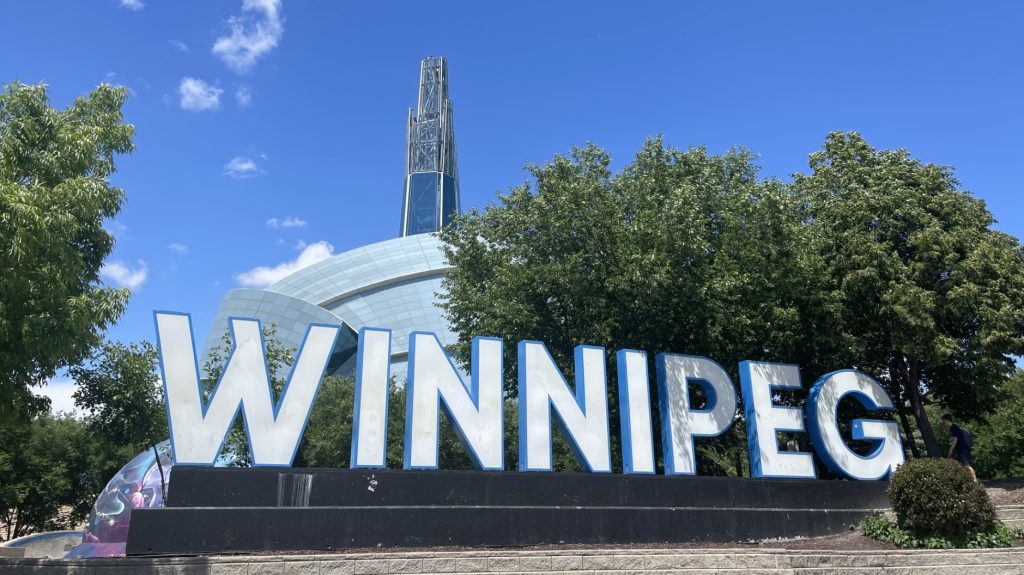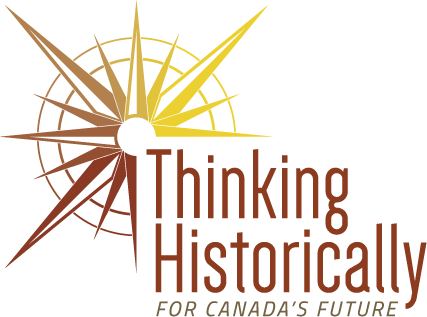Kara Wickstrom-Street,
High School Social Studies Teacher
Kara teaches history, geography, and global issues for grades 9-12 and has been teaching for 23 years. She teaches at Collège Miles Macdonell Collegiate, a medium-sized high school with about 1,400 students in Winnipeg, Manitoba. Kara’s school is in an urban area, but neither in the city core nor on the periphery. Kara’s school is very diverse due to specialized programming and demographic shifts over the years. In addition to regular academic programming, Collège Miles Macdonell Collegiate offers French Immersion and, until this past year, the International Baccalaureate program. Due to these program offerings, a significant population of students travel from outside of the school’s catchment area to attend Collège Miles Macdonell Collegiate. Throughout her time at the school, Kara has seen a shift in student demographics as students have arrived from all around the world, including from conflict zones like Syria and Ukraine.

Collège Miles Macdonell Collegiate
Winnipeg, Manitoba

Curriculum & Resources
It can be challenging for Kara to select the most meaningful and relevant content for the diverse group of students in her classroom, especially considering the wide breadth of information included in the provincial curriculum.
Grade 11 students in Manitoba are required to take a survey Canadian history course that spans from prehistory to the present. Kara acknowledged how daunting the task of planning this course can feel, explaining, “I’m limited by the dilemma of this huge amount of information and making the choice of what I’m going to teach and what I’m going to have to leave out. That’s problematic because as soon as you leave things out, you have to ask, whose stories are you leaving out? I’m the one choosing. It gives me the power. There are a lot of potential problems there.”
This dilemma weighs on Kara because she values students being able to see themselves in the history curriculum.
“My school is a really good representation of a cross section of Canadian society,” Kara said, “and the context of who our students are is obviously going to influence the way we teach history, because we want to ensure that they all feel like they’re represented. We’re trying to ensure that we’re including diverse perspectives, that we’re including stories from different groups of people in Canadian history, not just a dominant Eurocentric narrative. One of the limits is that there’s just way too much curriculum.”
Kara responds to this challenge by making sure to include the history of marginalized groups, including immigrants, women, the 2SLGBTQ+ community, and Indigenous peoples. She also uses inquiry and project-based learning to allow students to have some choice in their learning.
As she explained, “our department tries to ensure that we’re telling many different stories, and then giving students the opportunity to delve into topics of interest with inquiry and with projects. There are certain things that we learn as a class, but then we also give students those opportunities to delve deeper into the topics that interest them.”

Teaching & Learning
One of Kara’s goals in teaching Canadian history is to bring her students from the classroom to the community, including visiting local historic sites and museums as well as connecting students with the stories of local soldiers who are buried far from home.
Kara stressed the importance of getting students out of the classroom, sharing that, “being somewhere and being able to see and do is different than sitting in a classroom. You can try as much as you want in the confines of a classroom but it’s hot and crowded. I have 30 kids; you can barely move your elbows.”
Kara is enthusiastic about the different community educational opportunities in the Winnipeg area, such as museums and monuments dedicated to Louis Riel and the Winnipeg General Strike, as well as the Canadian Museum of Human Rights. Kara incorporates as many of these community sites into her teaching as she can, and noted the significant impact visiting them has on her students’ understandings of history.
Kara’s passion for community learning experiences is most evident when she describes connecting students with the stories of local soldiers who died in the World Wars. In one project, Kara taught her students how to use First World War records to research the lives of soldiers killed in combat. Each student then created a patch with information about one local soldier’s life, which became part of a massive quilt made of similar patches that now hangs in their school library.
As Kara described, the project “takes something that’s 100 years old that they don’t necessarily feel connected to, and helps them develop a connection to it.”
Kara explained that the project helps all students better understand their community regardless of how long they have lived there. “Even if my students are newcomers, it’s still part of their community, part of the story of where they live, and it makes them feel connected. By learning what young people from other generations went through, connections can be made.”
Co-created by Kara Wickstrom-Street and Kevin Lopuck
